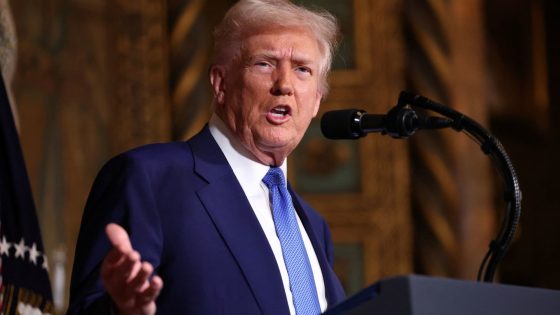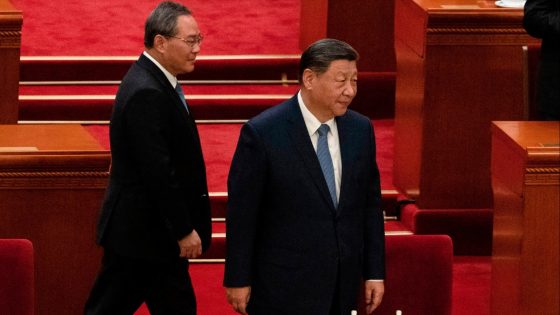On February 18, 2025, U.S. President Donald Trump announced plans to potentially expand tariffs on imports, including automobiles, pharmaceuticals, and semiconductors. Speaking at Mar-a-Lago in Palm Beach, Florida, Trump indicated that these tariffs could reach 25% and may increase significantly over the year.
- Trump may expand tariffs to automobiles.
- Proposed tariffs could reach 25% or higher.
- New tariffs may start as early as April 2.
- Current tariffs affect steel and aluminum imports.
- Japan and India likely impacted by pharmaceutical tariffs.
- Semiconductors tariffs could affect Taiwan Semiconductor.
President Trump’s remarks mark a significant shift in the U.S. trade policy, which has already seen the implementation of 25% tariffs on steel and aluminum imports. The proposed tariffs on automobiles and pharmaceuticals could particularly affect countries like Mexico, Japan, and Canada, which are major exporters to the U.S. The president mentioned that these tariffs are designed to encourage foreign companies to bring their operations back to the U.S.
Key details regarding the proposed tariffs include:
- Tariffs on automobiles could begin as early as April 2, 2025.
- The proposed tariff rate is initially set at 25%, with potential increases throughout the year.
- Japan and India may be significantly impacted by tariffs on pharmaceuticals.
- Semiconductor tariffs could affect major companies like Taiwan Semiconductor, Nvidia, and Apple.
Trump’s administration is framing these tariffs as a means to bolster domestic manufacturing and reduce reliance on foreign imports. The president claimed that the existing tariffs have already started to yield positive results, with foreign companies expressing interest in relocating to the U.S. The administration’s aggressive trade stance is likely to provoke discussions and negotiations with the affected countries as they prepare for potential economic impacts.
The proposed tariffs signal a continuation of the Trump administration’s focus on protectionist trade policies. As these measures are considered, the implications for international trade and economic relationships will become clearer in the coming months.

































